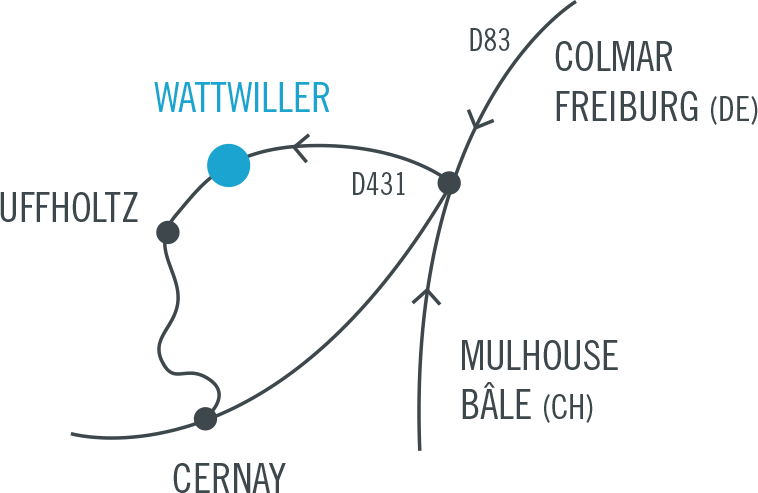Isula is a series of twelve blown glass pieces made in September 2015. Although it is made from the same wooden mould, each of the pieces is nevertheless different and unique. In fact, while the wood gives the glass its shape, the glass deforms the mould by partially burning it. In the same way that a photograph fixes a subject at a given moment, the glass, as it cools, freezes and shows the shape of the relief at the time of moulding. Each piece appears as a witness to a precise moment in the life of the wooden mould, until its total disappearance. The pieces are filled with water to the brim, so that the boundary between water and glass is invisible and the viewer wonders if the piece is made only of glass.
The linear installation allows two directions of reading: the first is the birth of the island that emerges from the water, and refers directly to the formation of the terrestrial continents. The second interpretation is the decline of the island, its decay, until the complete disappearance of the relief under water. This reading highlights the rise in sea level due to global warming, and the disappearance of certain places forcing people to leave their native land.
